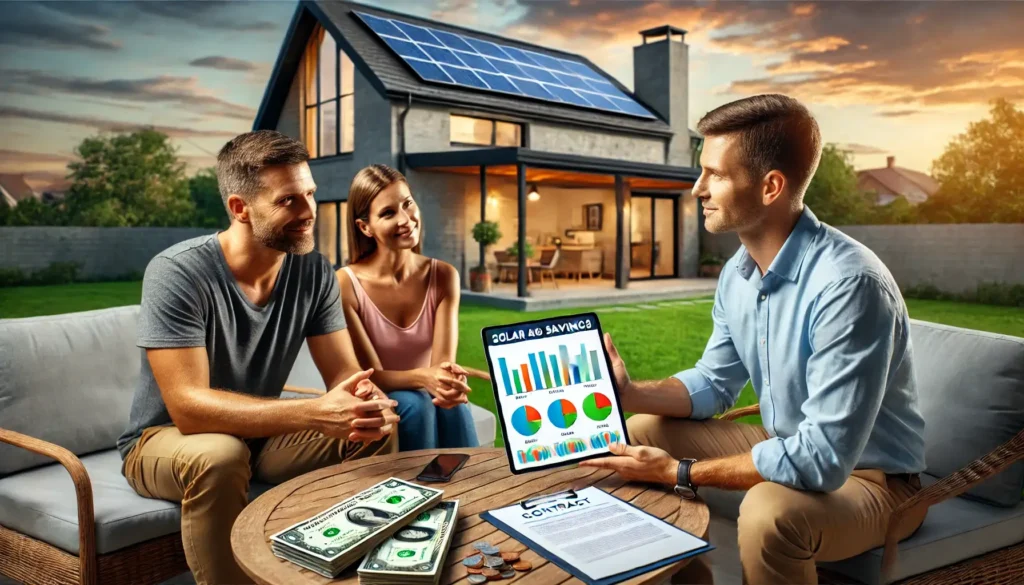Mastering the Money Conversation: How Top Solar Reps Break Down Costs Without Losing the Sale
Ask any coach at SolarAcademy or Better Earth Bootcamp and they’ll tell you the same thing: deals die when the money talk gets messy. In 2025—when interest rates are higher, Facebook forums spread half-truths about “hidden fees,” and buyers fear surprise costs—clarity is your competitive edge.
Below is a four-step playbook, built from today’s best “financial storytelling” techniques, to help you guide homeowners through dollars-and-cents discussions with confidence.
1. Start with a “Why”—Not a Loan Offer
Bad approach
“We offer 0 % financing for 12 months.”
Better approach
“Most homeowners choose solar to protect their household budget. Let’s look at what your energy spending could look like over 25 years—with and without solar.”
Why it wins
Leading with the motivation (budget protection) frames solar as a solution, not a product pitch. Coaches report this shift keeps prospects engaged 30 % longer before price resistance appears.
2. Use Real Monthly Comparisons
Present solar as a bill swap, not a luxury purchase:
“Instead of $180 to the utility, you’d pay about $140 toward owning your system—and that payment never goes up.”
Pro tip
Carry a tablet or one-page graphic that shows Year 1 through Year 10 side by side. Visuals turn abstract math into a “see-it, feel-it” moment.
3. Pre-Empt Sticker Shock with Anchoring
Before revealing system cost, anchor to the status-quo expense:
“If nothing changes, you’re on track to spend about $60,000 on electricity over the next 25 years. Solar will come in far below that—and you’ll own the equipment.”
The psychology
Human brains judge new numbers against the first figure they hear. Anchor high with unavoidable utility spend; your solar price feels like a bargain in contrast.
4. Always Pair Dollars with Value
Don’t say
“This system costs $29,000.”
Do say
“This system will save an estimated $42,000 over 25 years and raise your home value 4–6 %. The total price is $29,000—before the 30 % federal tax credit.”
Why it wins
Price without context feels like a loss. Price with quantified upside feels like an opportunity.
How to Handle Common Money Objections
| Objection | Coach-Approved Response |
| “I need to talk to my spouse.” | “Absolutely. How about I send a side-by-side summary so you can review it together tonight?” |
| “It still feels expensive.” | “That’s fair. Can I show you what staying with the utility will cost over the next 15 years?” |
| “What’s the catch with the incentives?” | “Great question. Here’s a clear breakdown of the 30 % tax credit and the simple paperwork you’ll submit.” |
CTA for Your Reps
Challenge: On your next five appointments, tell the entire solar financial story without using the word “loan” for the first 10 minutes. Focus on motivation, monthly swap, anchoring, and value pairing.
Watch how prospects lean in—because when the money talk makes sense, the “yes” follows naturally.
Ready to be part of the energy revolution?
Become a Solar Sales Representative with Shyne Solar
Earn great commissions and let Shyne handle the process, installation, maintenance, and support!
Register Now!
